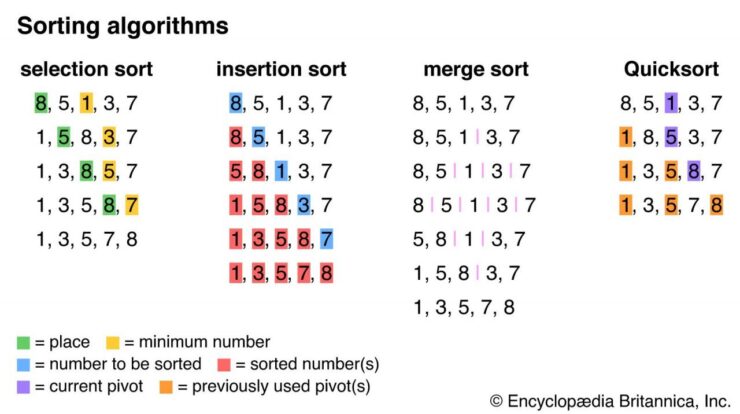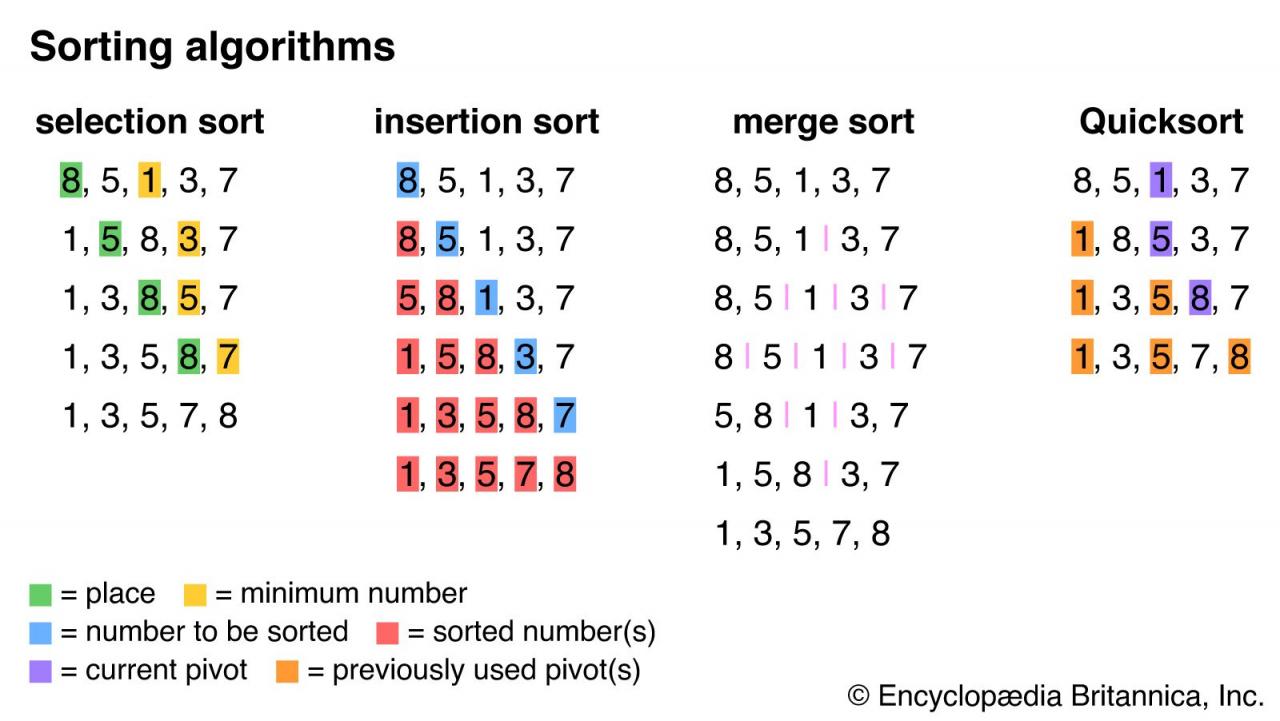
Sort definition – At the heart of data management lies a fundamental concept known as sorting, a process that arranges data in a specific order. From the mundane to the extraordinary, sorting permeates various aspects of our lives, empowering us to organize, analyze, and extract meaningful insights from vast amounts of information.
Sorting algorithms, the tools that orchestrate this data arrangement, come in a myriad of forms, each tailored to specific data structures and applications. Understanding the nuances of these algorithms and their performance characteristics is crucial for harnessing the full potential of sorting.
Sort Definition and Applications
Sorting is a fundamental operation in computer science that involves arranging data in a specific order, typically ascending or descending. It plays a crucial role in organizing and analyzing data, making it easier to retrieve, process, and visualize information.
Sorting algorithms are designed to efficiently rearrange data elements based on their values. They find applications in various domains, including:
Applications of Sorting, Sort definition
- Database management: Sorting data records based on specific fields for efficient querying and retrieval.
- Data analysis: Arranging data points in ascending or descending order to identify trends, patterns, and outliers.
- Machine learning: Sorting training data to improve the accuracy and efficiency of machine learning models.
- Operating systems: Scheduling processes and managing memory allocation based on priority.
- Web development: Sorting search results based on relevance or user preferences.
Conclusive Thoughts

As we delve deeper into the realm of sorting, we uncover its profound impact on diverse industries. From streamlining inventory management to optimizing search engine results, sorting algorithms play a pivotal role in enhancing efficiency, accuracy, and decision-making. By mastering the art of sorting, we unlock the power to transform raw data into actionable insights, driving innovation and progress.
FAQ Resource
What is the primary purpose of sorting?
Sorting aims to arrange data in a specific order, facilitating efficient searching, retrieval, and analysis.
How do different sorting algorithms compare in terms of efficiency?
The efficiency of sorting algorithms varies depending on factors such as data size, type, and the chosen algorithm. Some algorithms excel in handling large datasets, while others are optimized for specific data types.
What role do data structures play in sorting?
Data structures influence the efficiency of sorting algorithms. Different data structures, such as arrays, linked lists, and trees, have unique characteristics that impact the time and space complexity of sorting operations.





